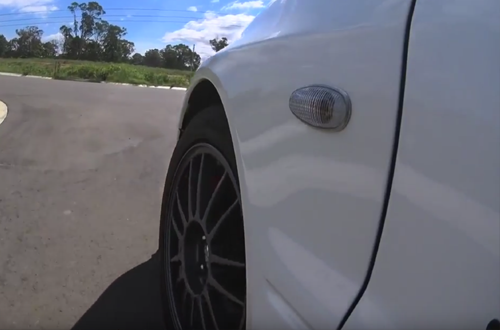
Cause of Vibrations
First, we must understand how vibrations are generated under braking. When the brake pads come into contact with the rotor, it causes oscillations and vibrations. In engineering terms, this is called force coupled excitation, which means both components are now locked together that will vibrate at
that frequency’s combined modes of vibration. The amount of vibration and frequency generated is varied by changes in brake torque and friction changes across the face of the rotors.
As the brakes heat up, the rotors can develop hotspots where different ranges of friction can occur, causing changes in brake torque. These changes in brake torque across the surface of the rotors is where most of the noise is generated.
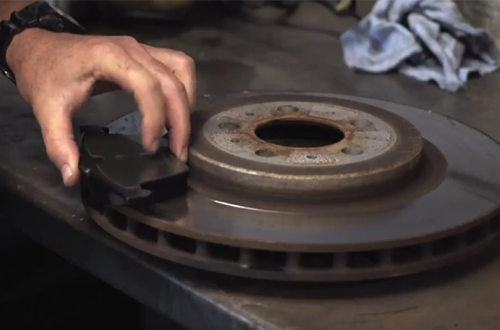
Brake Noise – Collective System Inspection
While contact between the rotor and the pad is the main instigator of brake noise, it is not the only component at fault. Low frequency oscillations from the pad and rotor travel through brake and suspension components while higher frequencies tend to remain at the pad/rotor, which leads to the passenger compartment, resulting in detectable noise when a natural frequencies of the components is reached. This connected parts vibrating will be the cause of the noise. Lets check out each brake component and see how these vibrations can be reduced.
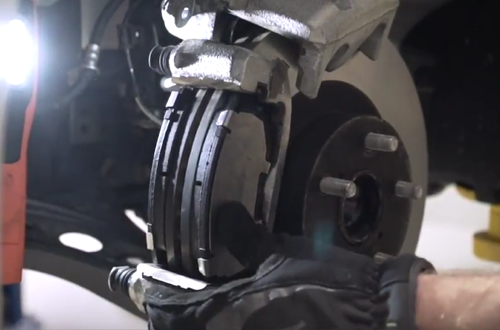
Brake Pads
The friction material used in a brake pad can reduce noise in two ways. A good brake pad compound that keeps friction coefficient consistent across a range of temperatures and environmental conditions will tend to be more quiet. By maintaining consistent friction coefficients, variations in brake torque is reduced, therefore also reducing possibility noise. Some brake pads such as the Bendix General CT transfers a film of friction material on the rotor surface. This protects the rotor surface, so that under braking there is minimum change of brake torque as pads come into contact with hot spots. Normally this film is generated during the bedding in procedure, however Bendix’s Blue Titanium Stripe means you can drive straight on to the road and get instant pedal feel and stopping power, while reducing brake noise. The General CT is also made using the STEALTH Advanced Technology. The proprietary diamond shaped chamfers eliminates noise and vibration at the source.
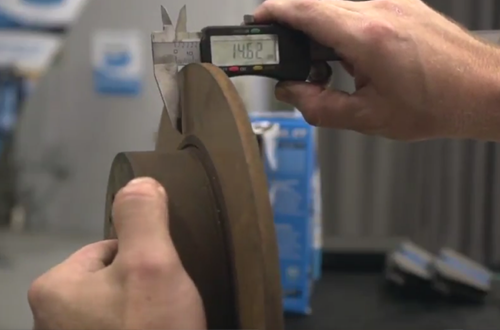
Checking each component: Rotors
Many mechanics are quick to blame brake pads as a source of noise, but actually, most of the noise is caused by the
interaction of the pad and brake rotors. The brake rotor is regarded as an unchanging factor when it comes to brakes, when in reality, it can be altered as brake pressure and heat is applied. Rotors can actually move and flex as brake force is applied, invisible to the human eye. This movement can cause
noise and excitation at friction coupling; that is when brakes are applied. The brake noise will also be increased if the rotors have poor metallurgy and differ from OE design.
The smoothness of the rotor surface also matters when it comes to noise prevention. When reusing brake rotors, it is very important to machine them, using a good condition lathe for a proper smooth finish. To prevent any chemicals from contaminating the brake rotors, wipe it down thoroughly with Bendix Brake Cleaner & Parts Degreaser and a clean rag.
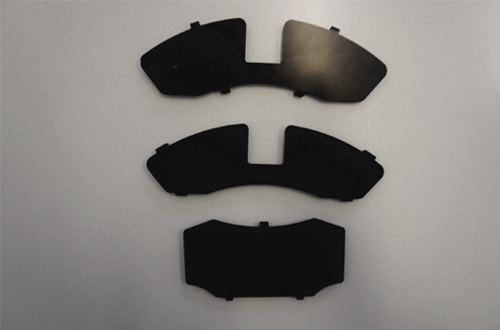
Brake Shims and Insulators
Brake shims are key in controlling noise. First, they reduce transmission of vibrations from the pads and rotors into other brake components. Most shims supplied with Bendix brake pads are covered with fibre reinforced rubber coating, which dampen vibrations incredibly well compared to noncoated shims. In Bendix’ performance brake pads, the supplied shims are coated with nitrile, which adds more heat resistance. Secondly, shims add mass to a brake pad, causing vibrations to lose energy and reduce noise-causing frequency levels. Last but not least, shims act as a thermal barrier to help spread heat evenly across the face of the brake pad, ensuring consistent brake torque. Bendix’s brake shims are made from carbon steel, which has low thermal conductivity, and are designed to last the lifetime of the brake pads.
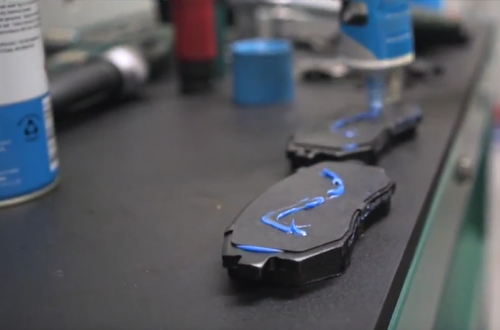
Lubricant
Lubricant is extremely important in a braking component system. Not only do they allow caliper pins to work efficiently, by applying them on caliper fingers, and between shims and brake pads, it forms another barrier that further dampens vibrations under braking. However, only lubricants such as Bendix’s Ceramasil Brake Parts Lubricant should be used. Bendix’s new lubricant uses a formula that does not break down under extreme heat and pressure generated by brakes. It also does not contain petroleum, which will cause boots and seals to react and fail prematurely.
To ensure your brakes are quiet, effective and long lasting, ask your mechanic to only use Bendix brake products at your next service.
To find your nearest Bendix stockist, visit www.bendix.com.au/stockists
To follow us on Facebook for the latest updates and news, visit www.facebook.com/bendixworkshop